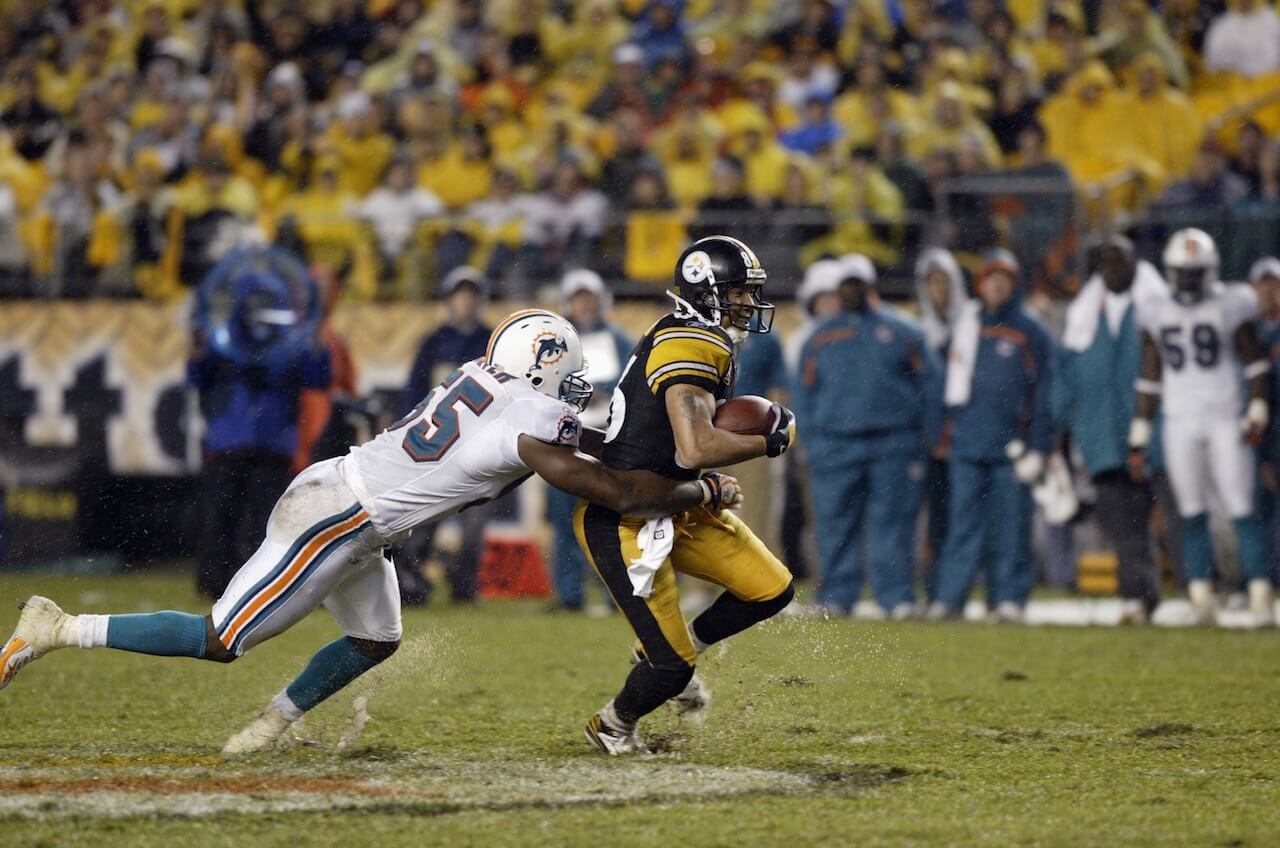The thrill of the NFL is often measured by the excitement of high-scoring games, electrifying touchdowns, and nail-biting finishes. However, there exists a different kind of intrigue surrounding the lowest scoring NFL game, a match that defies the typical narrative of football fever. Such games remind fans that, despite the high-octane nature of the league, there are instances when teams struggle to find the end zone, resulting in a contest that can leave spectators scratching their heads. The lowest scoring NFL game is not just a footnote in history; it’s a testament to the complexities of the game, showcasing defensive strategies, missed opportunities, and the occasional weather challenges that can stifle even the most potent offenses. Each low-scoring affair generates discussions and debates among fans, analysts, and players alike, making it an essential part of the NFL lore.
As we delve deeper into this phenomenon, it’s essential to understand the factors that contribute to such rare occurrences. From fierce defensive showdowns to blunders on offense, these games remind us that football is not solely about scoring; it’s also about strategy, resilience, and the unpredictable nature of sports. The lowest scoring NFL game serves as a reminder that every match is unique, and while points may be scarce, the drama and intensity of competition persist.
In this article, we will explore the lowest scoring NFL game in history, dissect its implications, and answer some burning questions surrounding it. Join us as we unravel the mystery of the lowest scoring NFL game, and discover how it has shaped the landscape of professional football.
What Was the Lowest Scoring NFL Game?
The lowest scoring NFL game took place on November 7, 1943, between the Detroit Lions and the New York Giants. This historic match ended with a score of 0-0, marking the only scoreless game in NFL history. Despite the absence of points, the game was filled with defensive plays and strategic maneuvers that kept fans on the edge of their seats.
How Did the Game Unfold?
During this infamous match, both teams struggled to establish any offensive rhythm. The Lions and Giants faced off in daunting weather conditions, with rain impacting visibility and field conditions. Defensive units dominated the game, and both quarterbacks were unable to find openings to capitalize on. The game, despite its lack of scoring, was a fierce battle and a testament to the strength of the defenses involved.
What Factors Contributed to the Low Score?
- Weather Conditions: The inclement weather significantly affected gameplay.
- Defensive Strategies: Both teams employed aggressive and effective defensive tactics.
- Offensive Struggles: The quarterbacks struggled under pressure, leading to missed opportunities.
- Lack of Passing Game: The passing game was nearly non-existent, limiting scoring chances.
What is the Significance of This Game in NFL History?
The 0-0 tie between the Lions and Giants has become a significant part of NFL history, not just for its scoreline but also for the discussions it has sparked about the evolution of the game. This match highlighted the importance of offensive schemes and the necessity for teams to adapt to ever-changing conditions, which is crucial in today’s game.
How Does This Compare to Other Low-Scoring Games?
While the 1943 game remains the lowest scoring, several other matches have also been defined by their inability to produce points. For instance, the 1971 game between the Miami Dolphins and the New Orleans Saints ended with a score of 3-0, showcasing another example of strong defensive play. These games often serve as a reminder of the unpredictable nature of football.
Can Low-Scoring Games Be Entertaining?
Absolutely! Low-scoring games can provide a different kind of excitement. Fans often find themselves captivated by the defensive battles and strategic plays that unfold. The tension builds as each team strives to break the deadlock, making for a thrilling atmosphere even in the absence of touchdowns and field goals.
What Have Teams Learned From Low-Scoring Games?
Teams have taken valuable lessons from their experiences in low-scoring games. Coaches analyze these matches to improve their offensive strategies and ensure that players are prepared for challenging situations. The importance of adaptability becomes evident, as teams must be able to adjust their game plans based on weather conditions, opponent strengths, and even their own roster limitations.
How Do Fans Respond to Low-Scoring Games?
Fan reactions to low-scoring games can be mixed. While some may be disappointed by the lack of scoring, others appreciate the intensity and strategy involved. The conversations surrounding these matches often lead to deeper discussions about the game itself, fostering a deeper connection to the sport and its complexities.
What is the Future of Low-Scoring NFL Games?
As the NFL continues to evolve, the trend towards higher scoring games may cause low-scoring games to become even rarer. However, the unpredictability of football means that anything can happen on game day. Coaches and players are constantly looking for ways to improve offensive efficiency, but the essence of the game lies in its ability to surprise, and low-scoring games will always hold a place in NFL history.
Conclusion: The lowest scoring NFL game stands as a unique moment in sports history, reminding us that while scoring is often the primary focus, the true essence of football encompasses so much more. From defensive strategies to weather challenges, these games offer insights into the complexities of the sport and the dedication of the players. As fans, we appreciate the thrill of high scores, but we also understand the value of a game that challenges our expectations and showcases the heart of the game.
Unveiling The Life And Career Of Jennifer Freeman
Unveiling The Truth: Is Ellen DeGeneres Married?
Unraveling The Mysteries Of The Gypsy Rose Crime Scene


